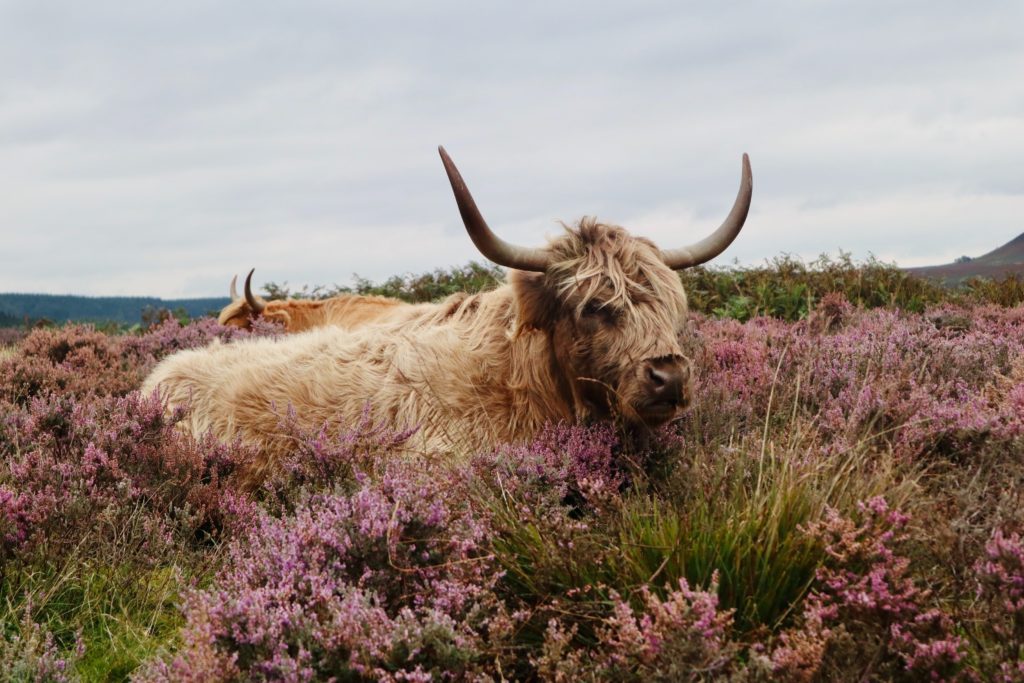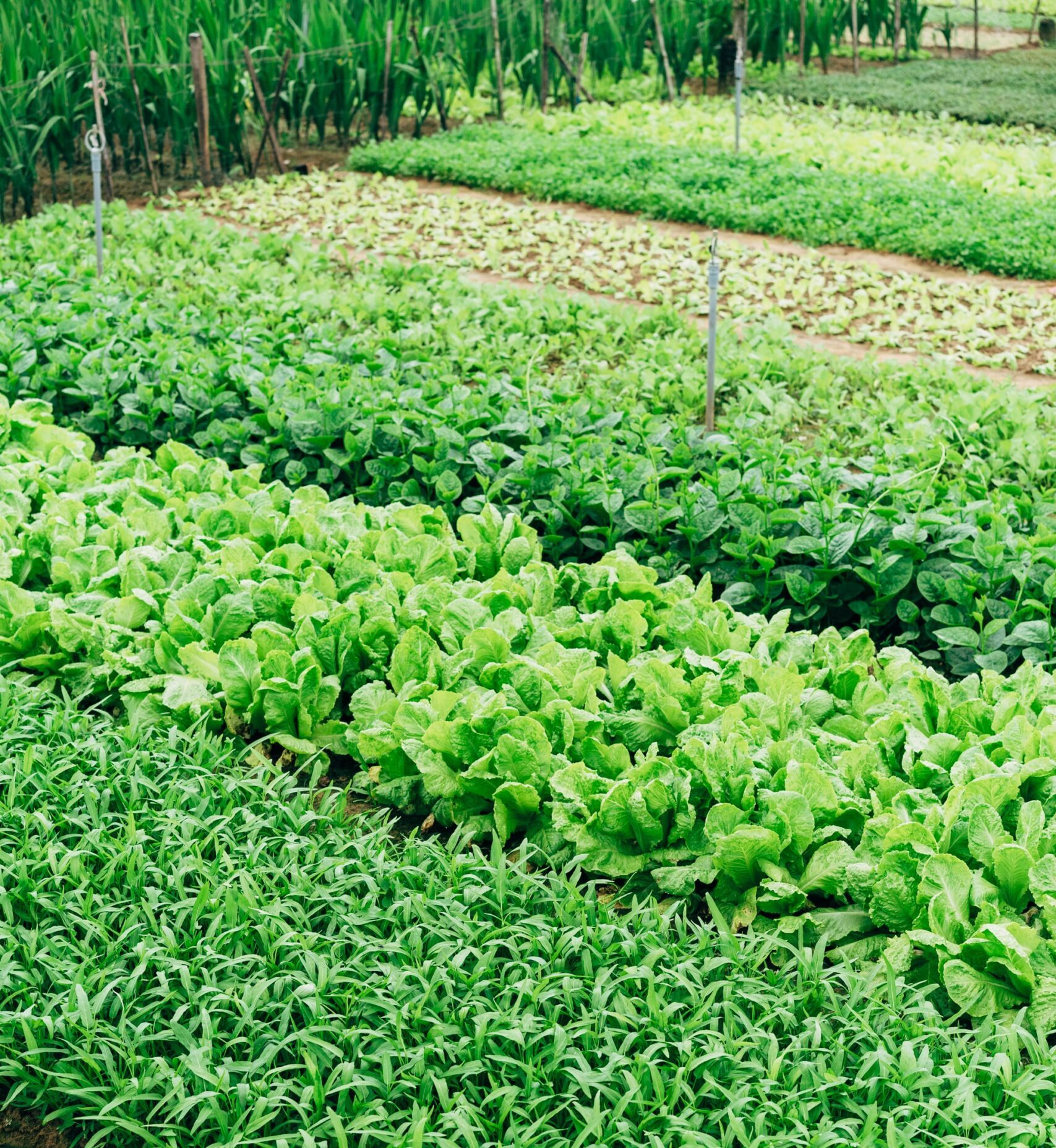Plastics, or synthetic polymers, were initially developed to substitute for ivory (elephant tusks) and tortoise shells, which were cruel and expensive materials often used to create storage containers and other vessels. However, the man-made material was made popular during World War II when plastic production astronomically increased by 300% in the United States alone. It was during this time that we discovered other uses for plastic such as clothing, windows, and other building equipment, machine components, and food containers. During this time, plastic went from something that was thought to save nature from the culling of elephants and tortoises, to the floating plastic islands that are suffocating us today.
Although more and more people are turning toward plastic alternatives and even companies are starting to catch on to creating reusable and refillable, or at least compostable, containers, we are still facing mountains worth of plastic waste that are poisoning our ecosystems and water supplies. Scientists have been working tirelessly to find a solution of how to fully break all of it down without leaving microplastics behind in a sustainable and easily replicable manner. A new study published last month in the Frontiers: Industrial Biotechnology journal might be on the way to success in solving this enigma.
Cows and many other ruminants—other hooved animals such as sheep—have a compartment in their stomachs called a “rumen.” This compartment is the largest in the stomach. It is full of microbes that store and ferment food, creating a healthy gut for the animal as they slowly digest all that fibrous grass and hay. The researchers took a sample of the fluid in the rumen. They were amazed to find that the microbes in a cow’s stomach can also break down several different types of synthetic polymers. PET, a plastic commonly used in bottles, food packaging, and clothing, was fully broken down as well as PBAT and PEF plastics.
Although plastics are synthetic polymers we created, polymers exist in nature as well. Cutin is a naturally occurring polymer that is found in many plants that cows and other ruminant animals tend to consume; this is what inspired the researchers to test out the microbes on man-made plastics. Since their discovery, the researchers have been looking for ways to genetically engineer the enzymes found in these microbes to be able to mass-produce them without having to directly extract them from a cow. Senior Researcher, Doris Ribitsch, hopes that “in this way, enzymes can be produced easily and inexpensively, for use at industrial scales.”
Although this discovery is exciting, it certainly isn’t the first. Last year I wrote about a mushroom that was discovered to have similar plastic-decomposing effects. However, since then, I have seen little done with this information. The biggest problem in the plastic crisis is that it is indeed a crisis. We’re not dealing with just having an at-home solution of getting rid of your own plastic. The answer needs to be reliable on a mass scale that will allow teams to come at these plastic islands and thoroughly break down the waste without further damaging the ecosystem around them. In my eyes, this did not seem feasible with mushrooms, however, exciting the idea was (maybe new mushroom grow kits that also break down our plastic at home wouldn’t be a bad idea though…). I genuinely hope that the microbes will be able to be recreated in a way that lets us finally tackle the plastic crisis head-on. Do you think that this discovery is promising?
Get more like this—Sign up for our daily inspirational newsletter for exclusive content!
____
Photo: Matt Noble on Unsplash





